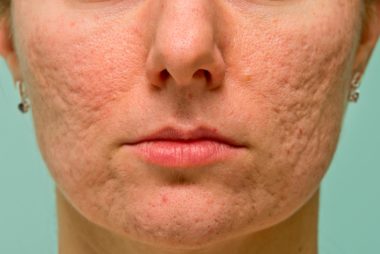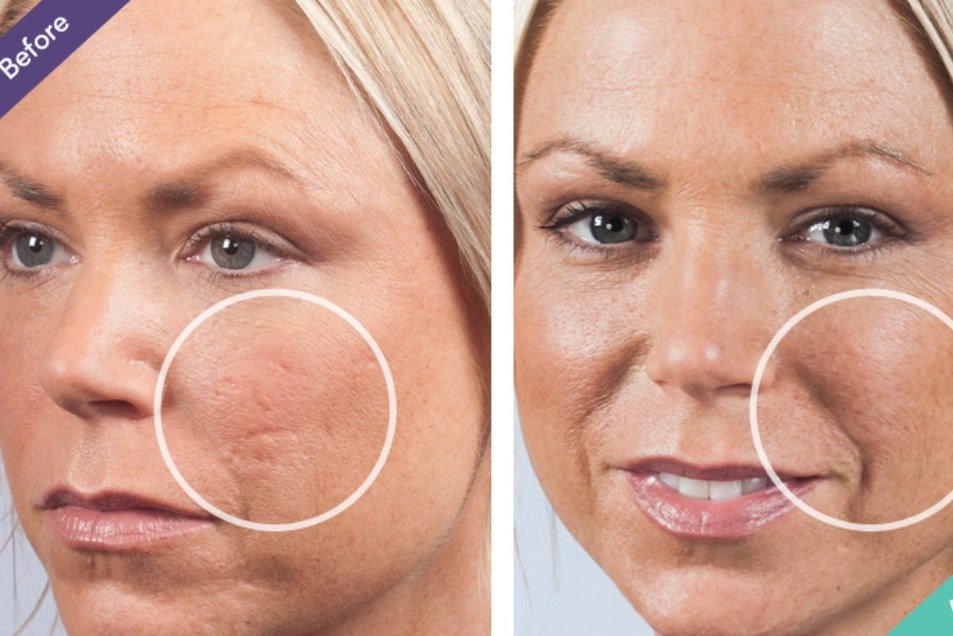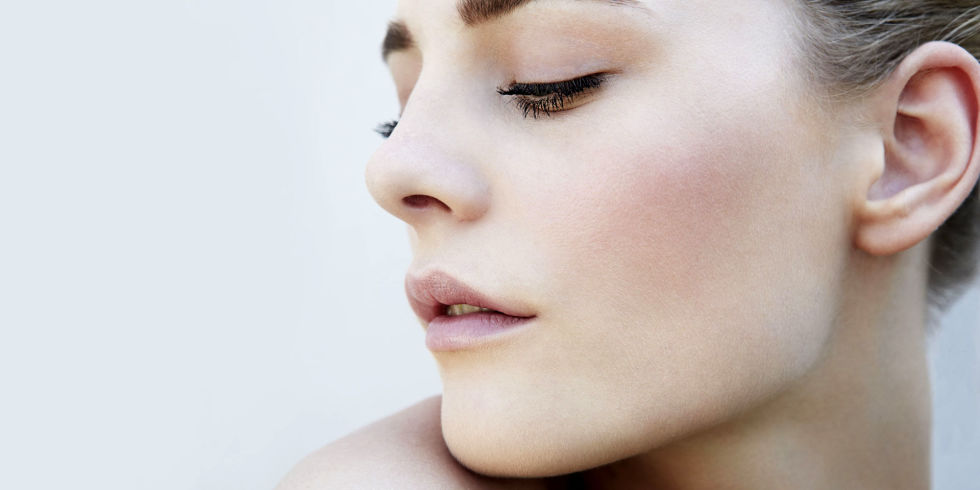Acne is a long-term skin disease that occurs when hair follicles are clogged with dead skin cells and oil from the skin. Acne is characterized with blackheads or whiteheads, pimples, oily skin and possibly scarring. It affects the part of the body which has many oil glands which include the face, upper chest and back.
Genetics is considered the main cause of scars and acne in about 80% of individuals. The role played by smoking or diet is unclear, and neither cleanliness nor exposure to heat plays a role in it. During puberty, acne is often caused by creation of hormones and testosterone.

Many treatment options for acne are available, including lifestyle changes, medications, and medical procedures.
Treatments and Pills
Treatments applied directly to the affected skin, such as azelaic acid, benzoyl peroxide and salicylic acid are commonly used. Antibiotics and reinoids are available in formulations that are applied to the skin and taken by mouth for the treatment of acne. Several types of birth control pills help against acne in women. Isotretinoin pills are usually reserved for severe acne due to greater potential side effects.
Acne commonly occurs in adolescence and affects an estimated 80-90% of teenagers in the Western world. Half of the children face the problem even when they enter their twenties and early thirties, but even a smaller group of people continue to have difficulties into their forties.
Acne Scars
Acne scars are caused due to inflammation within the dermal layer of skin and are estimated to affect 95% of people with acne vulgaris. The scar is created by abnormal healing following this dermal inflammation. Scarring is most likely to take place with severe acne, but is also likely to occur with other forms of acne. Acne scars are classified based on whether the abnormal healing response following dermal inflammation leads to excess collagen deposition or loss at the site of the acne lesion.

Causes
Risk factors causing Acne has not been identified other than genetics. Possibly secondary causes include hormones, infections, diet and stress.
The predisposition to acne for specific individuals is likely explained by a genetic component. Severe acne may be associated with XYY syndrome. Acne susceptibility is likely due to the influence of multiple genes as the disease does not follow a classic inheritance pattern.
Hormonal activity such as puberty and menstrual cycles contribute to the formation of acne. During puberty an increase in sex hormones called androgens causes the skin follicle glands to grow larger and make more oily sebum.
Diagnosis
Blackheads and Whiteheads must be present to diagnose acne. In their absence an appearance similar to that of acne would suggest a different skin disorder. There are many features that may indicate a person’s acne vulgaris is sensitive to hormonal influences. Historical and physical clues that may suggest hormone-sensitive acne include onset between ages 20 and 30; worsening the week before a woman’s menstrual cycle, acne lesions predominantly over the jawline and chin, and inflammatory/ nodular acne lesions.
How To Treat Scars

You may need more than one kind of treatment to smooth your skin. Most are done in the doctor’s office or as an outpatient procedure at the hospital.
Skin resurfacing: the goal is to remove damaged layers of skin so that new, healthy skin appears. There are three major ways your doctor can do this:
- Laser: a laser creates a more even surface to your skin
- Dermabrasion: a rapidly spinning wheel with a rough surface removes damaged skin
- Chemical peel: a special type of acid removes the top layer of your skin. This can help with deeper scars.
Fillers: Your doctor puts a filler into the damaged area with a needle. It puffs up the skin under the scar to help smooth it out. Because your body slowly absorbs the filler, the process needs to be repeated from time to time.
Rolling: the doctor rolls a device covered in tiny needles over your skin. It’s a safe way to stimulate the tissue under it to grow. You may have to do it several times.
Surgery: Some people need an operation to remove bad acne scars or cysts. Your doctor cuts away or loosens the scars. The area is then repaired with stitches or a skin graft
Dr. Ashok Pandey from Bombay Cosmetic Clinic is a celebrated and revered personality in the field of cosmetic surgery. Currently conducting his cosmetic and aesthetic surgery practice in Navi Mumbai, he is associated with number of leading hospitals across the city where he regularly imparts his services to the needy.
Such is his expertise in his field of knowledge that he has successfully conducted more than thousand cosmetic practicing in South Mumbai and Navi Mumbai and plastic surgeries in his career so far.
For consultation call – 099307 31109 / 022 27801101
